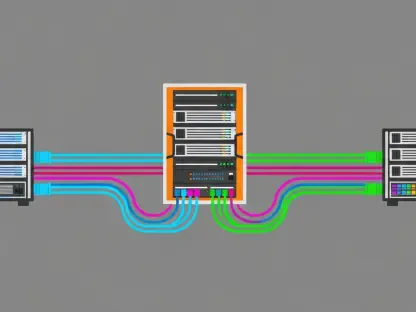Microsoft’s recent decision to open-source the Windows Subsystem for Linux (WSL) represents a significant pivot in its approach to integrating Linux and Windows environments. This initiative, unveiled a few years ago, is the culmination of a growing curiosity among developers and tech enthusiasts regarding the transparency and accessibility of WSL. The open-sourcing of WSL not only marks a shift in strategy but also underscores Microsoft’s commitment to fostering a collaborative ecosystem. While components such as microsoft/wslg and microsoft/WSL2-Linux-Kernel were already public, key elements like Lxcore.sys and Windows-to-Linux filesystems have stayed under wraps. Nevertheless, unveiling its source code reveals Microsoft’s determination to enhance cross-platform compatibility by allowing the community to directly contribute to innovation.
Evolution of WSL
WSL’s journey began in 2016 with the launch of its first version, WSL 1, which used a driver to seamlessly run Linux executables on Windows. By implementing such integration, Microsoft sought to attract developers accustomed to Linux environments. The transformation gained further momentum with the introduction of WSL 2 a few years after, incorporating a fully-fledged Linux kernel within a lightweight virtual machine. This evolution significantly improved compatibility and system performance, transforming WSL into a more robust tool for developers. Reflecting on its progress, WSL separated from the Windows codebase three years ago, offering more flexibility as an independent package available via the Microsoft Store for users of Windows 10 and Windows 11. This autonomy allowed Microsoft to streamline updates and enhancements, culminating in the stable release of WSL 1.0.0, which was swiftly followed by WSL 2.0.0, bringing new features like mirrored networking and advanced DNS tunneling.
The Impact and Future Prospects
Microsoft’s decision to open-source Windows Subsystem for Linux (WSL) is a significant shift in its software strategy, aiming to accelerate development by tapping into the open-source community’s expertise. This transparency allows developers direct access to WSL’s source code, empowering them to identify issues, suggest new features, and shape its future direction. By embracing this collaborative approach, Microsoft aligns its mission with the need to adapt and innovate to stay competitive in the tech landscape. This move encourages an environment where ideas flourish and can be efficiently realized. As the tech industry eyes future advancements, open-source projects like WSL could redefine software innovation, offering a launchpad for rapid experimentation and growth. Microsoft’s initiative reflects a commitment to community-driven contributions, accelerating WSL’s evolution and potentially inspiring similar strategies in other major projects. This step underscores a broader trend towards inclusive, participatory software development, fostering more dynamic and adaptive technological progress.









